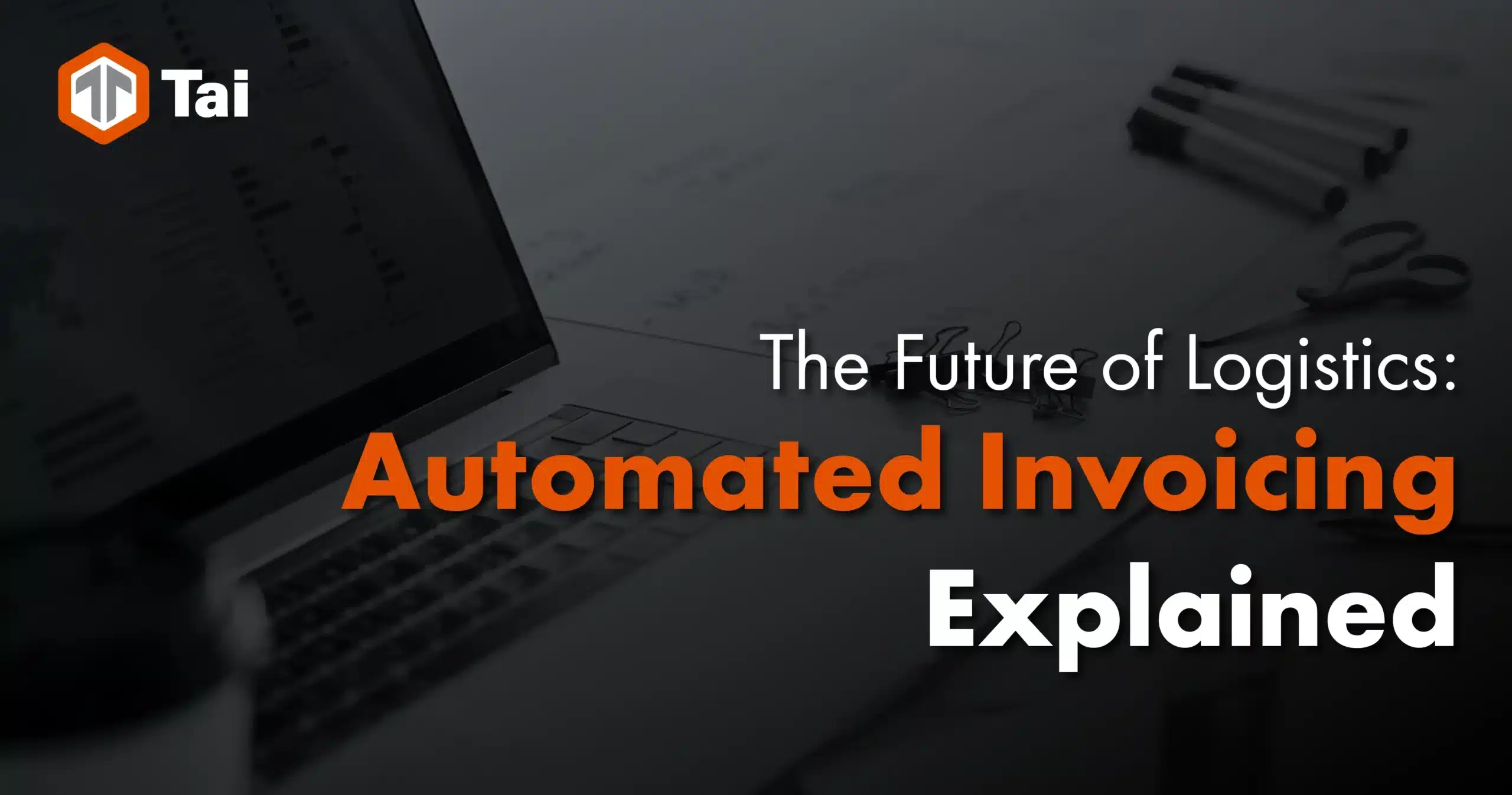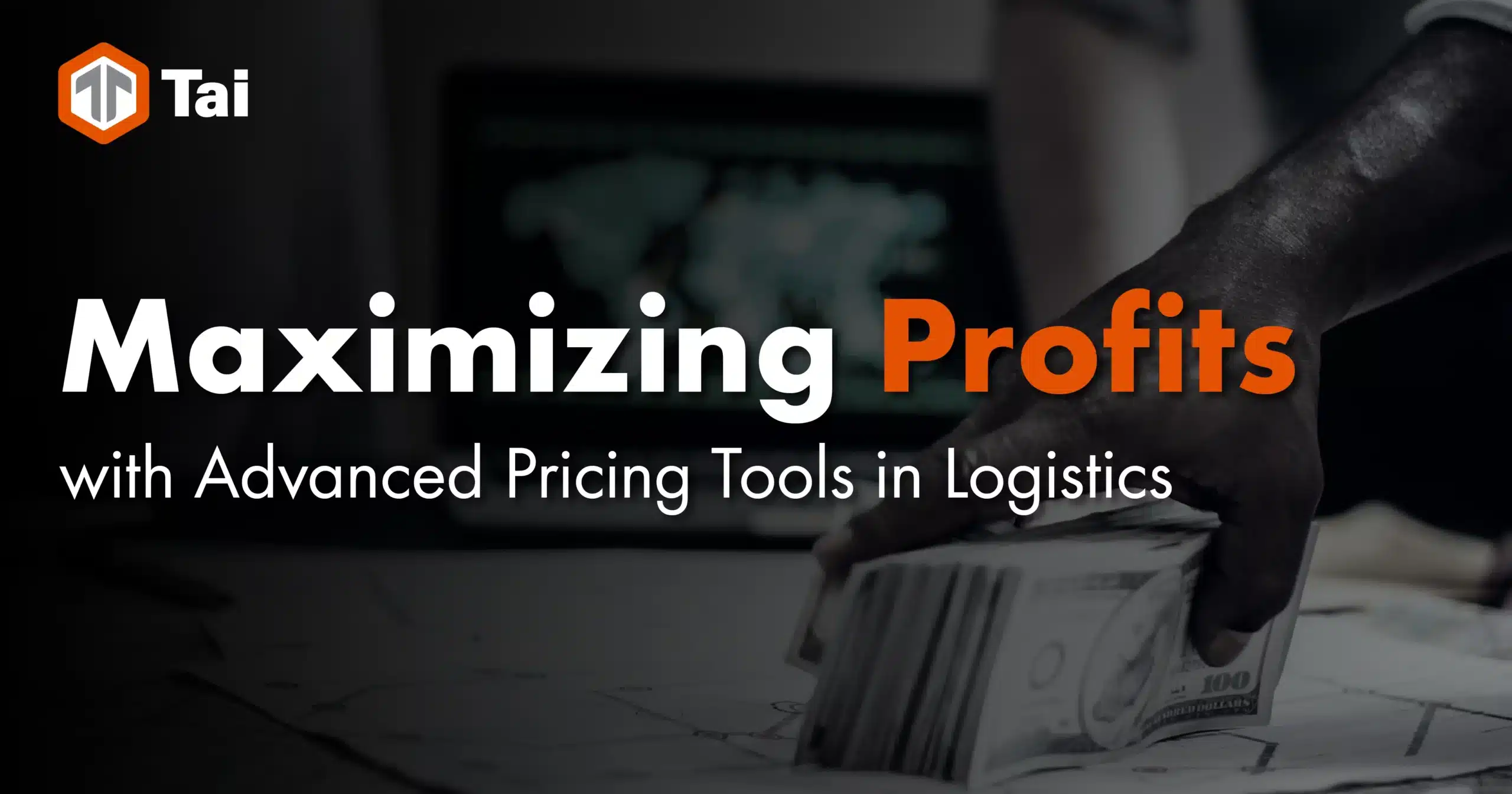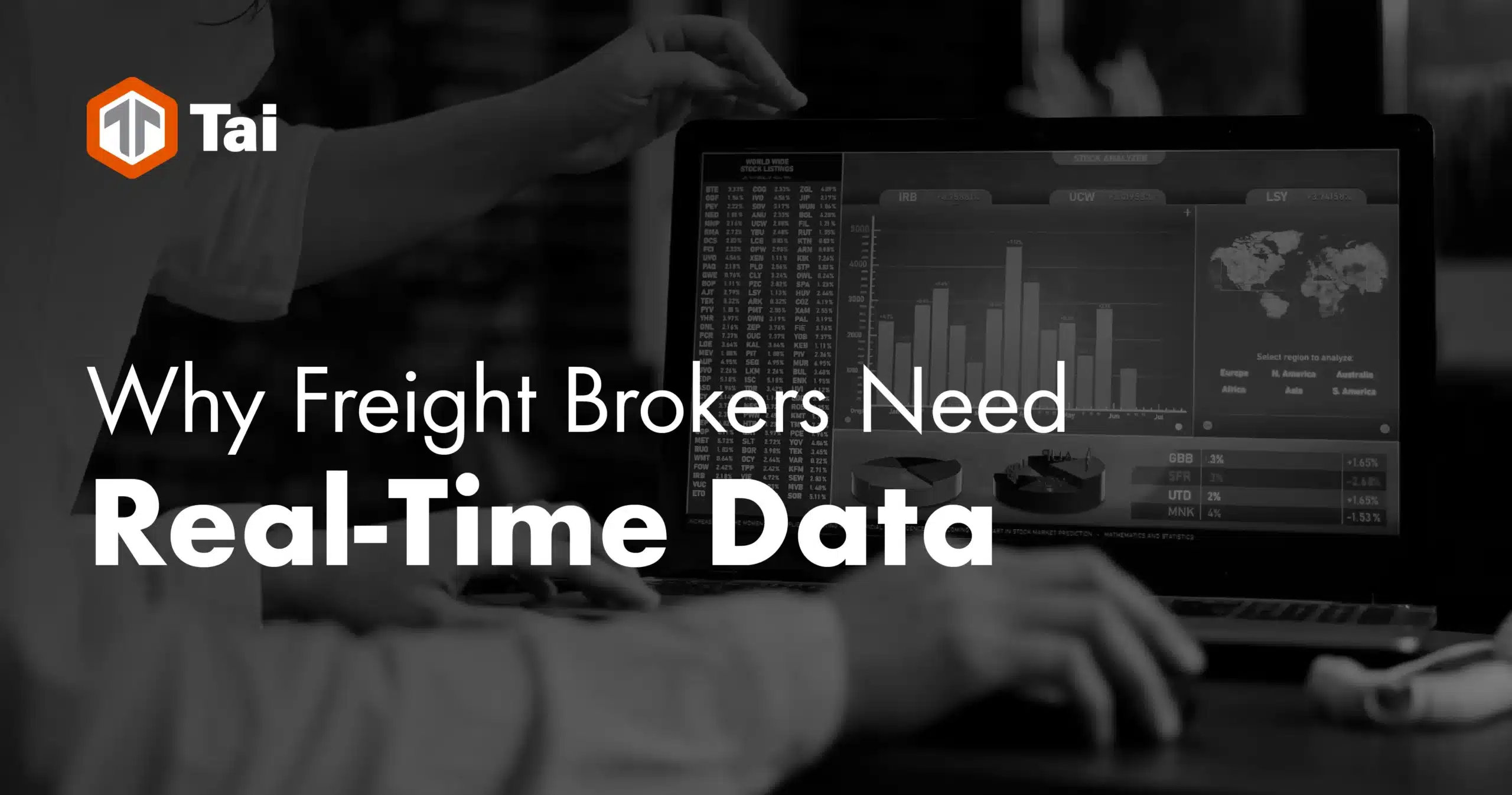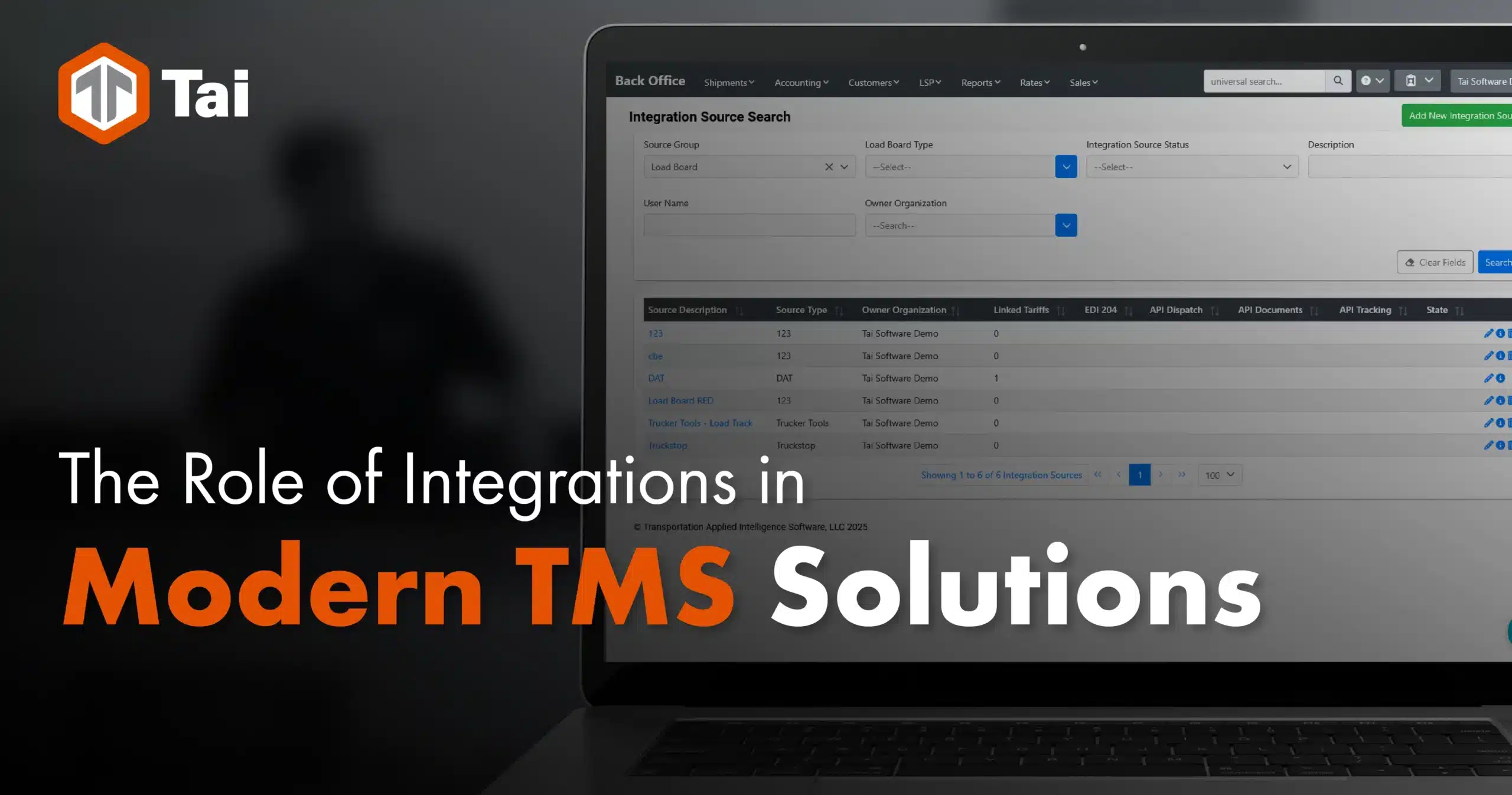Ask knowledgeable people what freight brokers do all day and they will probably tell you they find carriers to handle the freight-hauling needs of shippers while managing every aspect of the process.
Thatu2019s true, but letu2019s say you redirect:
u201cNo. I mean, what are they doing minute by minute?u201d
This might be the point where one frustrated freight broker stands up and declares, u201cI jump between windows on my computer screen. Constantly.u201d
Most people can relate. Just look at your computer screen.
At the bottom is likely a series of icons. If you use Windows, theyu2019re called Quick Launch buttons. If you use a Mac, the icons are found in a place called the Dock.
From these convenient spots, you launch as many apps as you need to be using at a given time. The more apps youu2019re working in, the busier you are jumping from place to place. And if some of your apps are browser-based, you can expect to find plenty of tabs open at the top.
Busy people have busy screens!
This has traditionally been the on-screen life of a freight broker. There are many digital platforms available to help freight brokers do their jobs, and the most digitally savvy have learned to do as little as possible without deploying this technology.
But what that means in practical terms is that a day in the life of a freight broker is a day of jumping from tab to tab and app to app, trying to keep everything straight. One minute youu2019re on a load board like TruckerTools or Truckstop. Then, once youu2019ve posted your loads, youu2019re jumping to a capacity management tool like Parade or Cargo Chief. Are the carriers youu2019ve engaged in compliance with all necessary requirements? Now you need to jump to DAT or Truckstop SaferWatch to be sure.
Once your shipments are en route, you want to keep an eye on them. So youu2019re jumping again to Fourkites or Descartes MacroPoint to see how everything is going. What about finances? To keep on top of the accounting, you jump again to Quickbooks, My CarrierPackets or Synergize. And sometimes you use an entirely separate program, like HaulPay or Denim, to handle payments.
Good grief.
Constantly jumping between this many screens is a recipe for inefficiency, mistakes and frustration. Even the most expert screen navigator is going to deal with headaches just from the time it takes to keep jumping back and forth. And thatu2019s before you get into the issue of data in silos that donu2019t talk to each other, and the need to remember what you just saw in window 1 when you jump to window 4.
(We wonu2019t even get into how this can slow down your computer. If clickbait web sites can cause browsers to freeze up, what can this many windows and apps do to an operating system?)
Tai Softwareu2019s TMS was designed specifically to deliver freight brokers from this screen-navigating nightmare. It puts everything in one place, but it doesnu2019t require freight brokers to cut ties with the platforms that are familiar to them. Rather, it integrates with all major carriers and load boards, as well as with the major software products supporting rating intelligence, coverage sourcing, capacity management, carrier onboarding and compliance, shipment visibility, accounting and payments.
So freight brokers who like all those programs, but are tired of jumping around on their screens, can have the best of both worlds. They simply plug tools into Tai TMS with the built in integrations and all the information presents itself in one place.
Not only that, but because all these silos of information affect each other, Taiu2019s TMS integrates everything, so it functions like a single, harmonized hub.
Just think of a few examples of how this would impact a freight brokeru2019s experience:
- You see a request from a shipper come to your e-mail, and you donu2019t have to cut and paste the request and enter it into your TMS. The TMS already has the data from the e-mail and itu2019s connecting to the load boards to see who can handle the shipment.
- You find a carrier who is available to take a load, and then you donu2019t have to jump to another screen to check the carrieru2019s compliance status. Itu2019s already right in front of you.
- You keep tabs on the status of the shipment through the visibility right there on the dashboard, and when you see the item has been delivered, you donu2019t have to jump to a payment app to deal with invoicing. Itu2019s right there on the same screen that provided you with the shipment visibility.
How much difference would it make for freight brokers to simply open one dashboard at the start of the day, and work exclusively on that one dashboard the entire day? No need to jump between windows. No need to import data from one app to another. No need to make sure what youu2019re doing in window 1 is consistent with what you see in windows 2, 3 and 4.
A TMS can be powerful But when itu2019s scattered and disconnected, it can create new operational challenges that are just as frustrating as the old ones.
This is the problem we set out to solve at Tai Software. Weu2019re glad to say the experience of freight brokers everywhere testifies to the impact of our efforts.
